
Scenes from the Satsop Valley in Washington State where I lived for 20 years. Nearly 95 percent of the land is in commercial timber production.
info
×
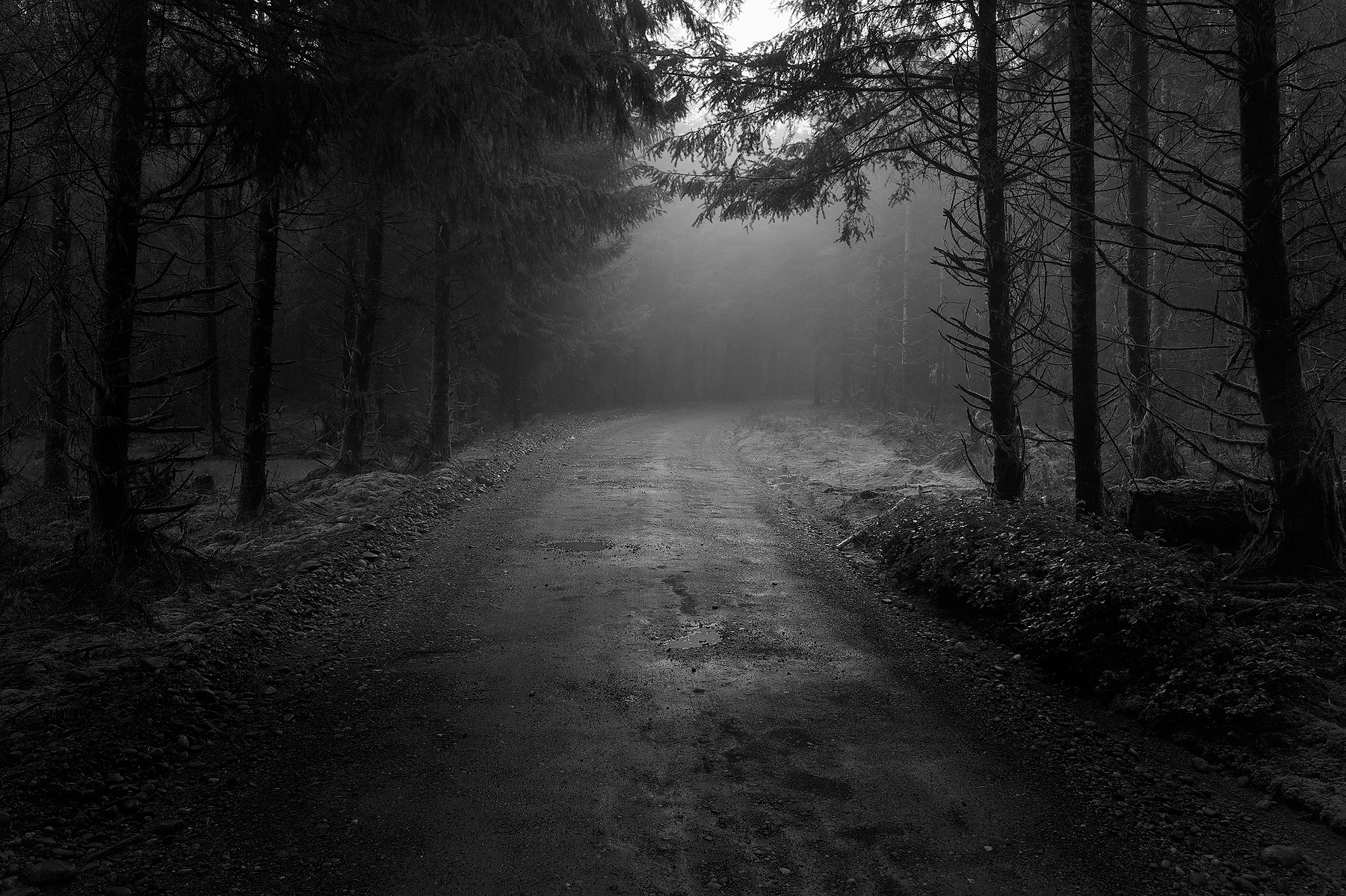
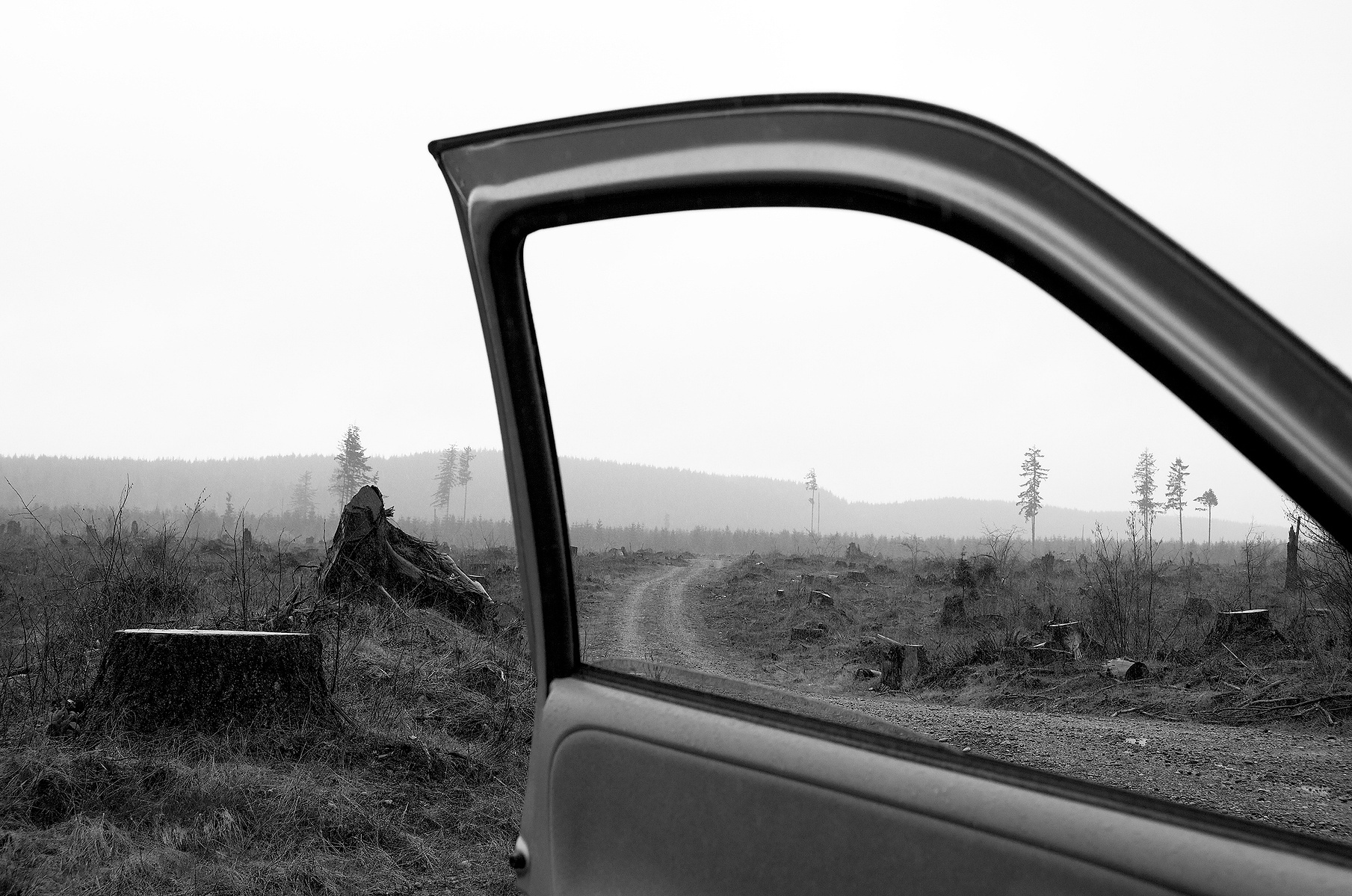
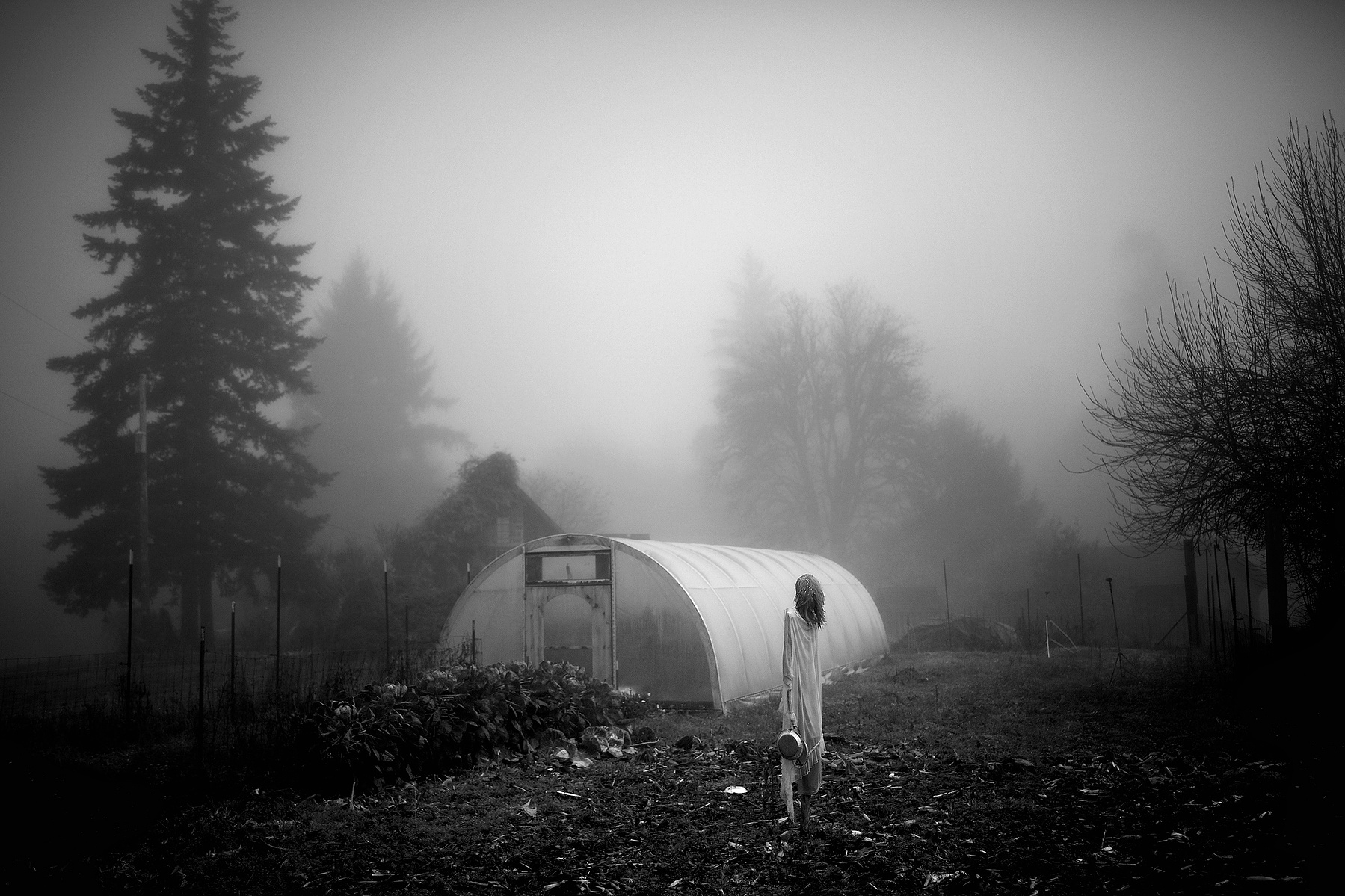
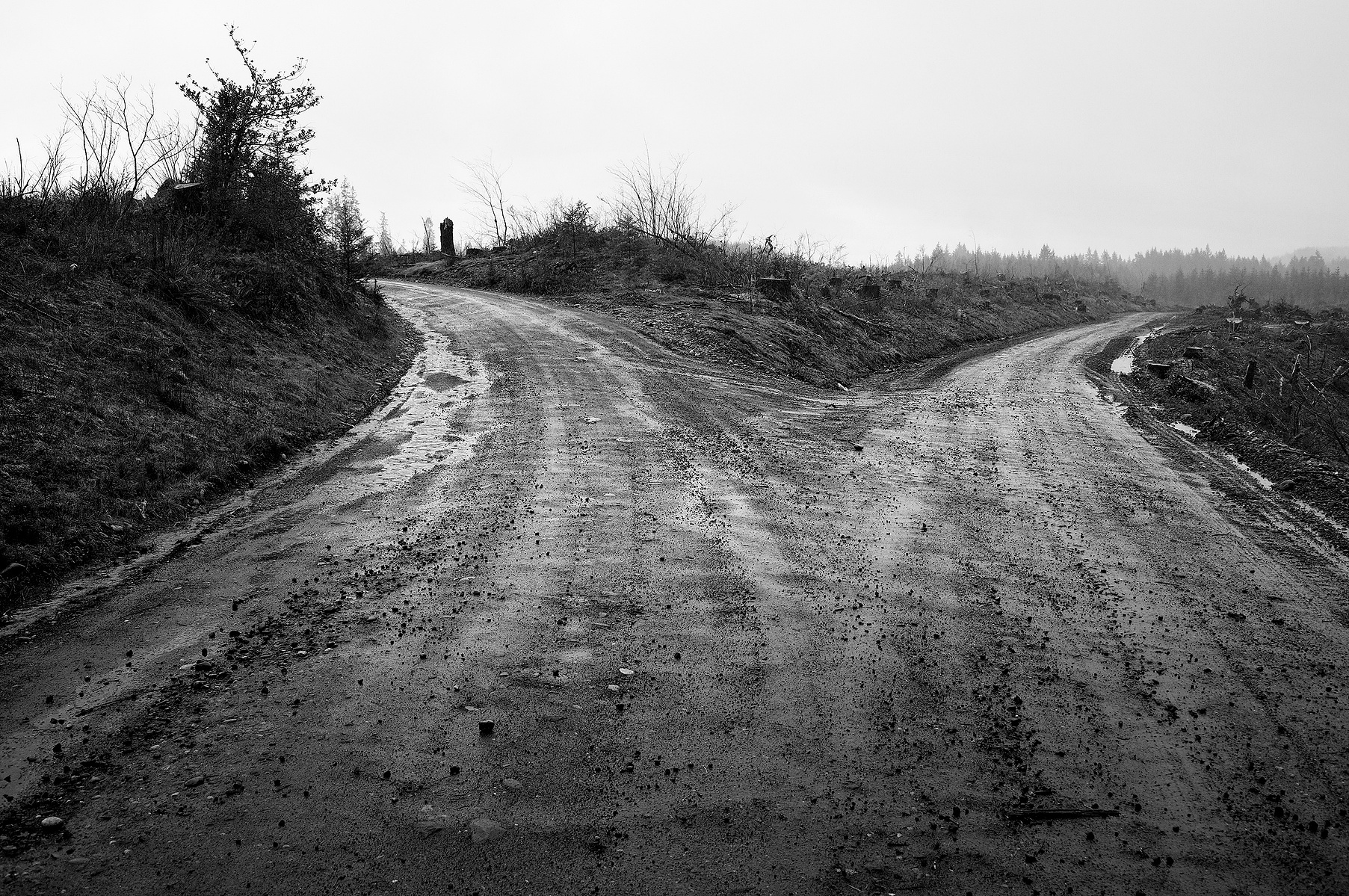

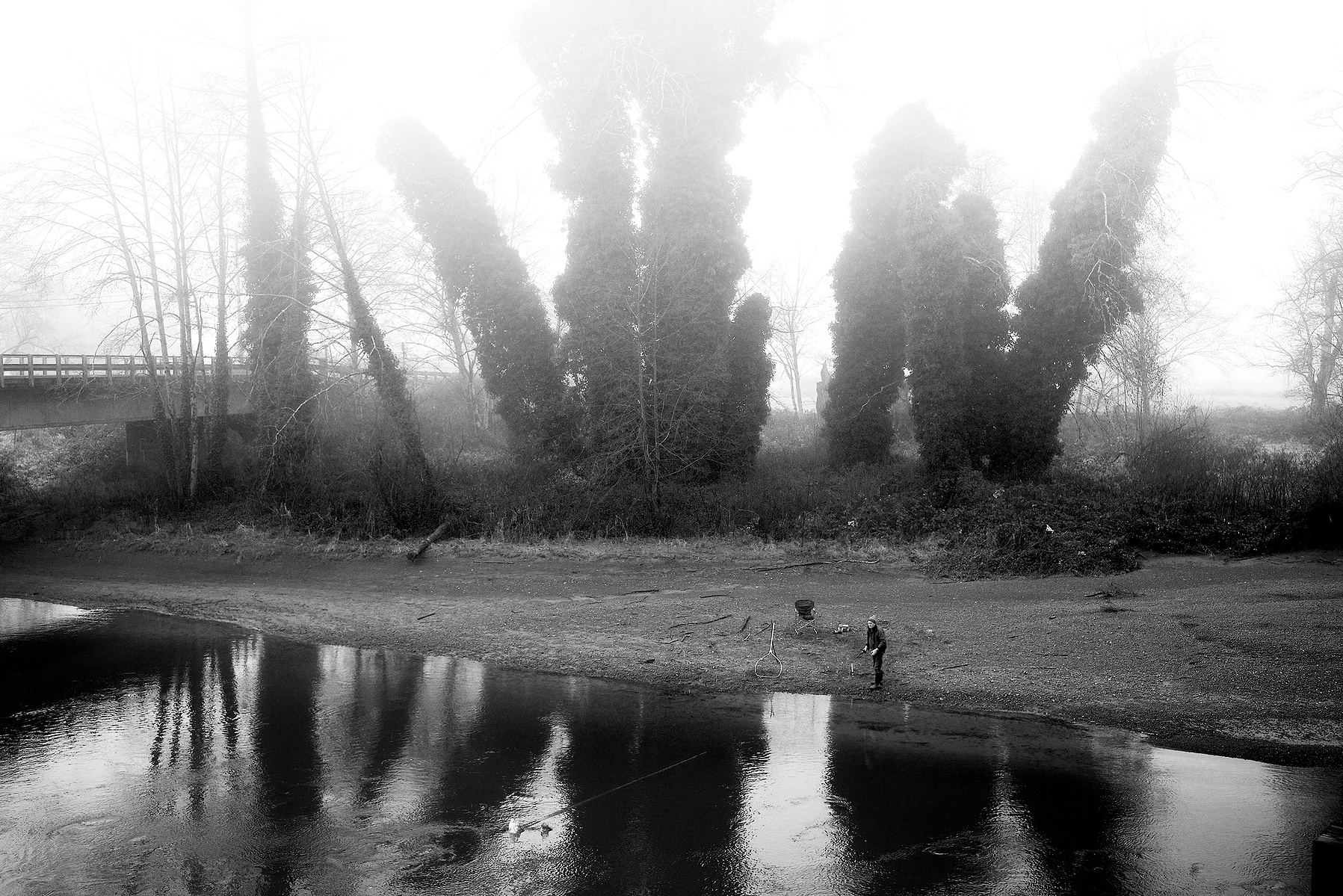
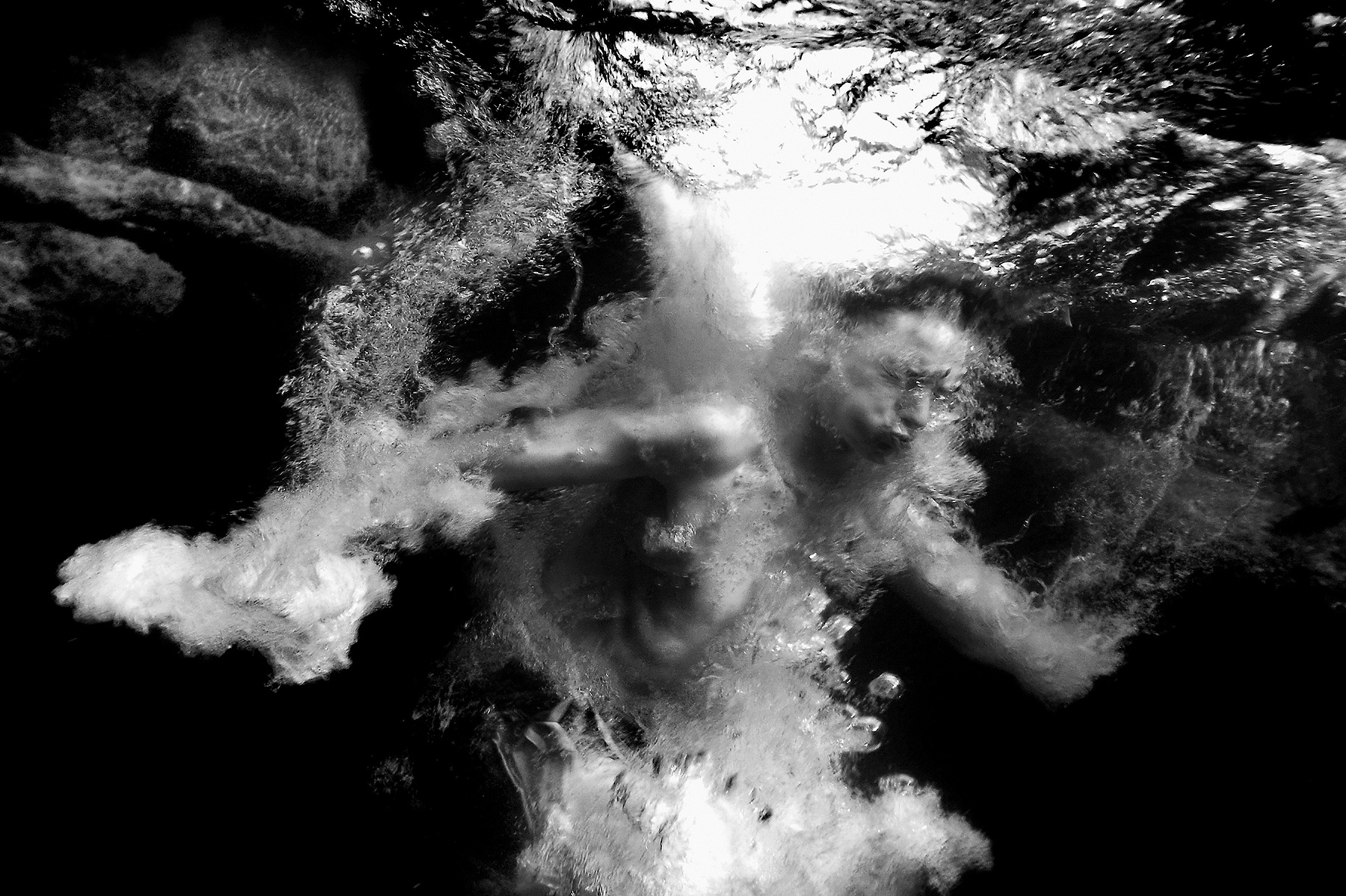


Scenes from the Satsop Valley in Washington State where I lived for 20 years. Nearly 95 percent of the land is in commercial timber production.